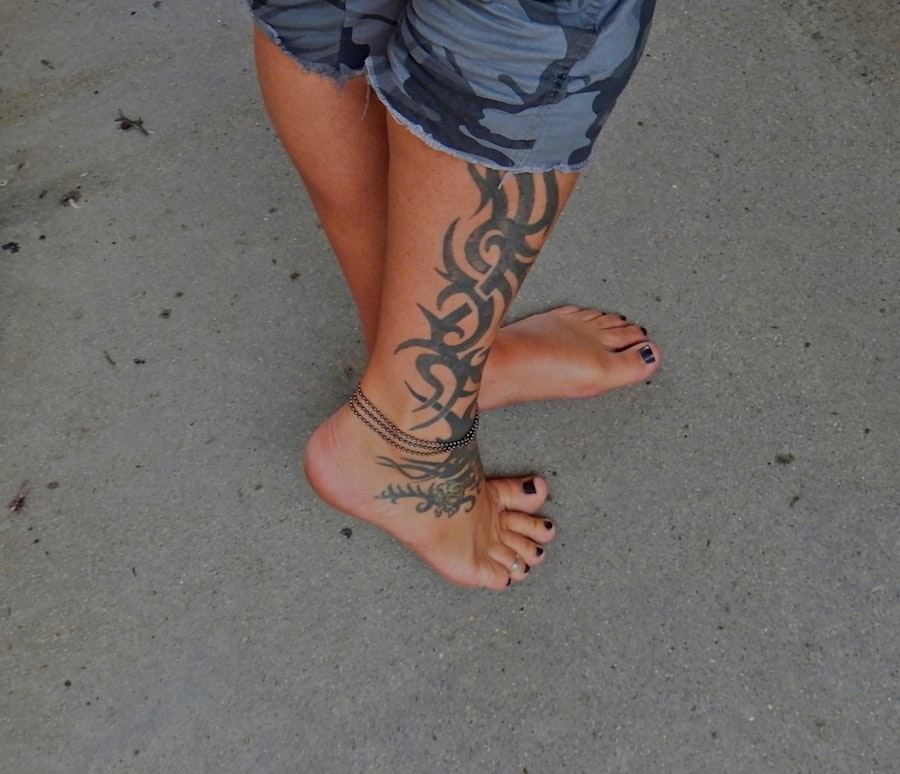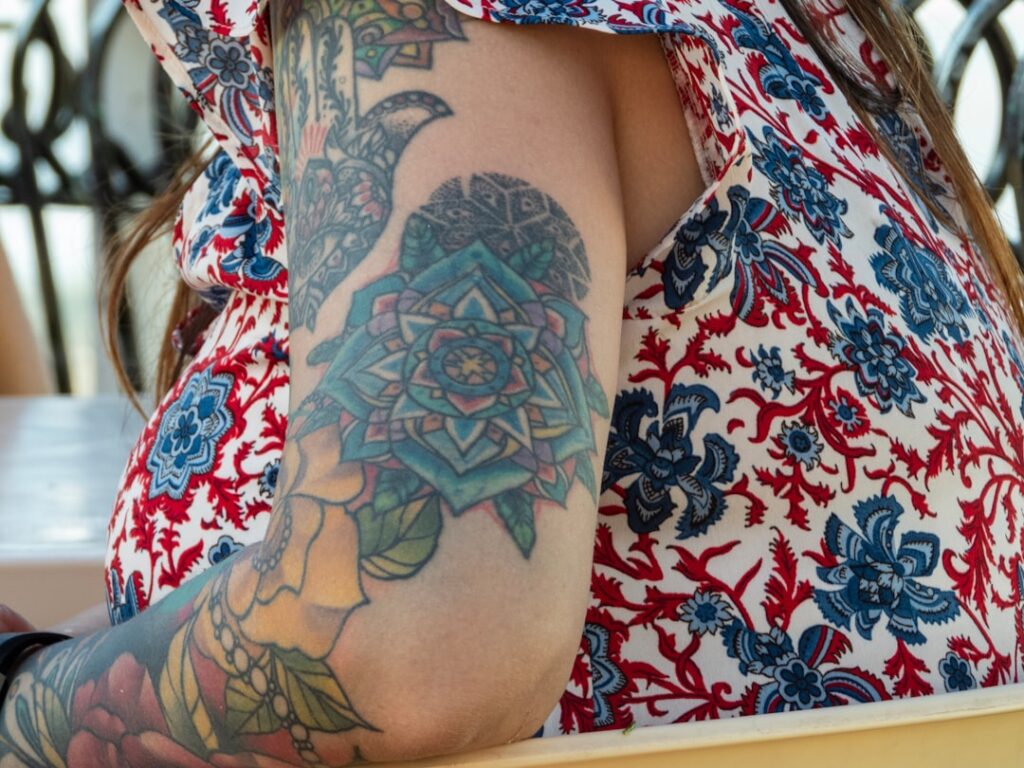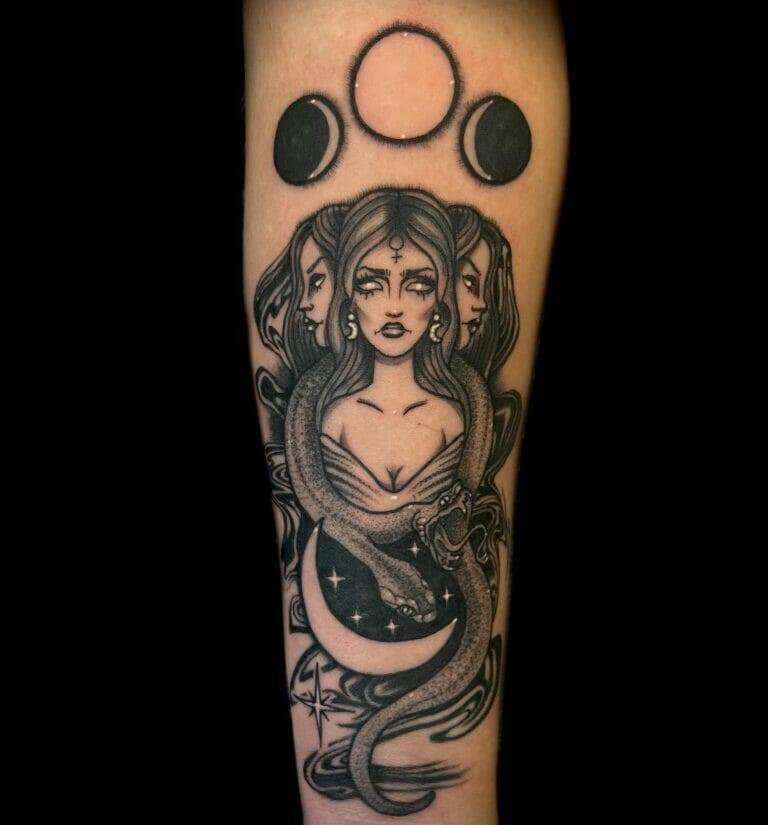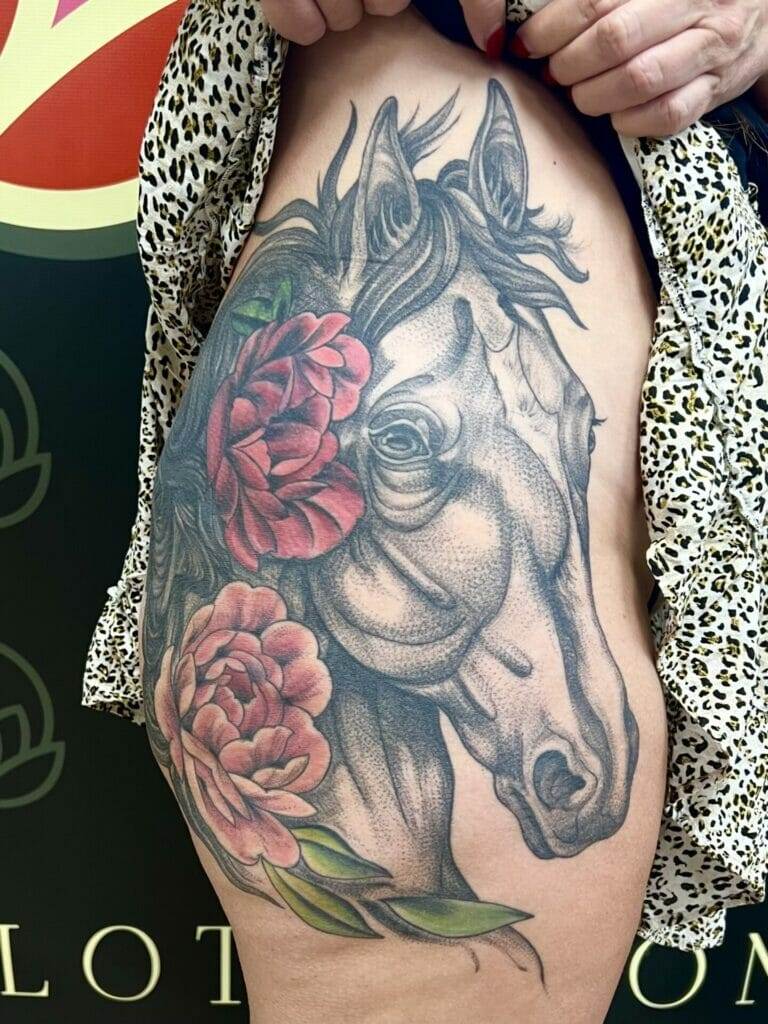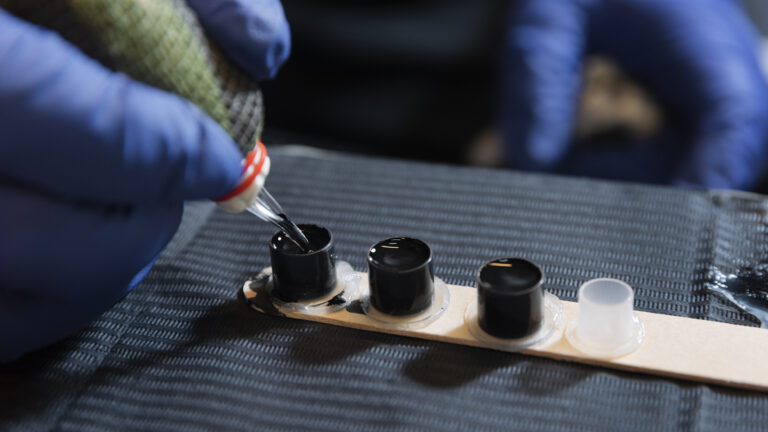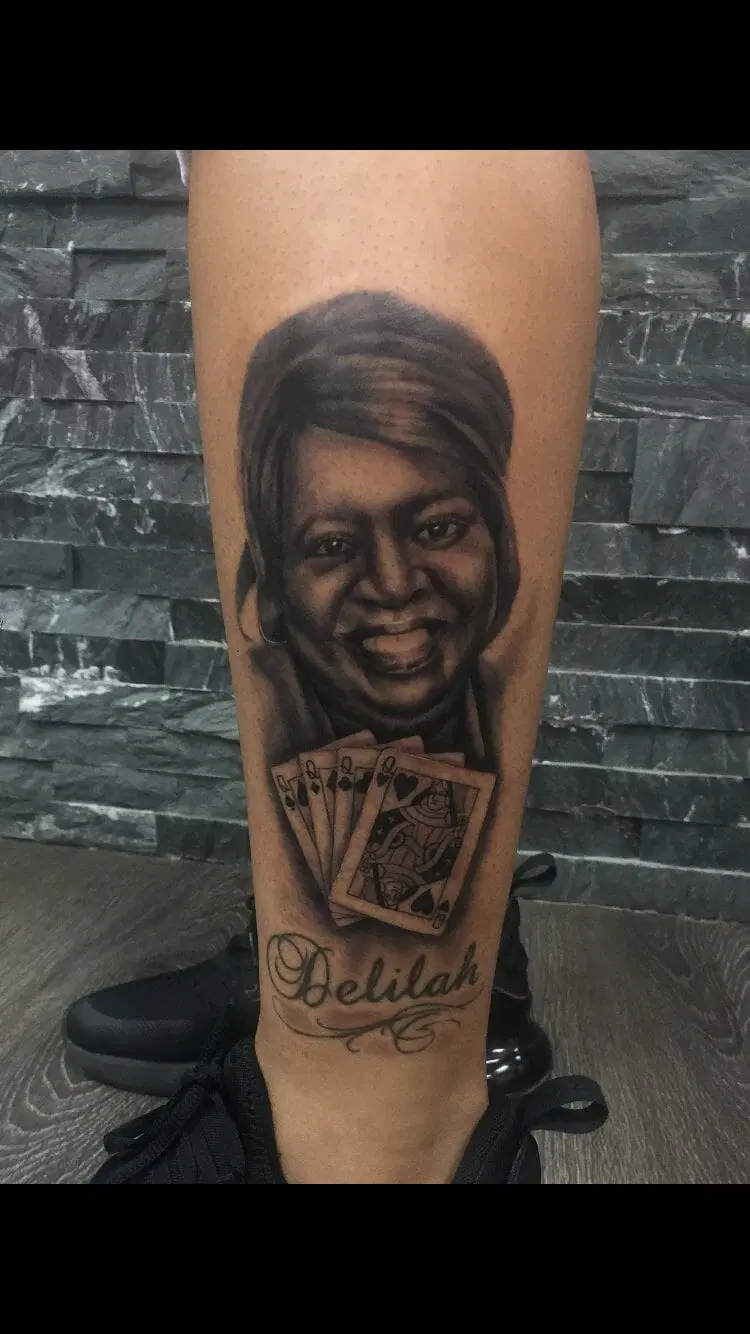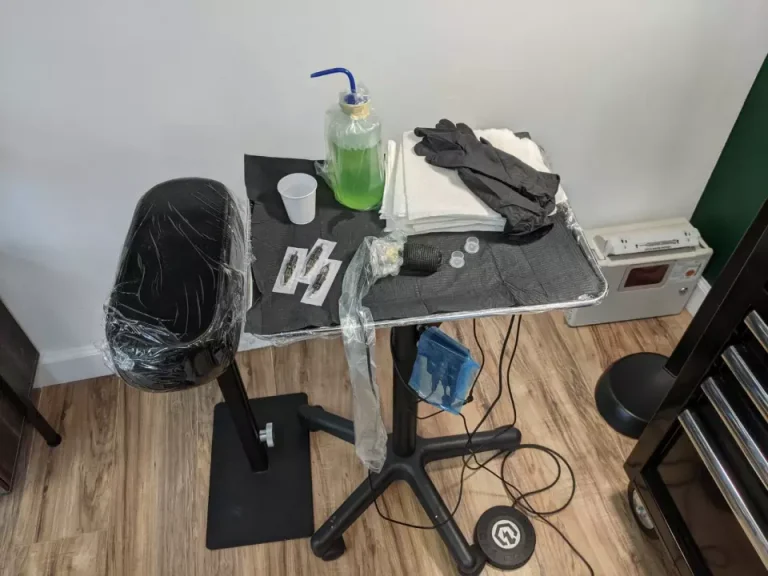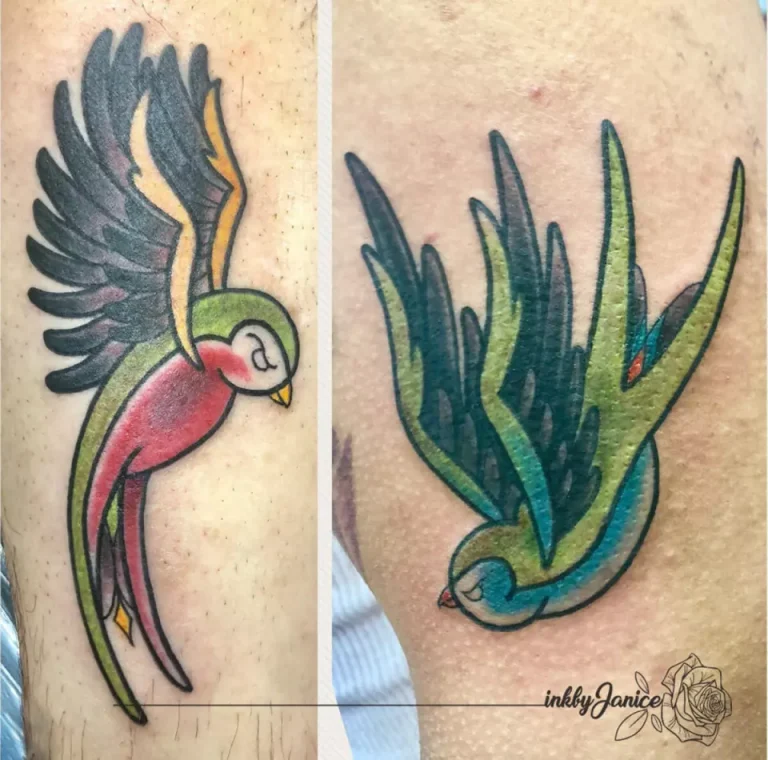One of the most critical aspects of tattoo aftercare is adhering to a proper cleaning and moisturizing routine. When a tattoo is freshly inked, the skin is essentially an open wound, making it susceptible to infection and irritation. Failing to clean the tattoo properly can lead to complications that may not only affect the appearance of the tattoo but also the health of the skin.
It is essential to use a mild, fragrance-free soap to gently cleanse the area, removing any excess ink, blood, or plasma that may have accumulated. This initial cleaning should be done with care, using lukewarm water and soft hands to avoid any unnecessary trauma to the healing skin. Moisturizing is equally important in the healing process.
After cleaning, applying a thin layer of a recommended ointment or lotion helps to keep the skin hydrated and promotes healing. Neglecting this step can lead to dryness, which may cause the tattoo to crack or fade prematurely. A well-moisturized tattoo not only looks better but also heals more effectively.
It is advisable to follow the artist’s aftercare instructions closely, as they often have specific recommendations based on their experience and the type of ink used.
Key Takeaways
- Not following proper cleaning and moisturizing routine can lead to infection and poor healing of the tattoo.
- Exposing the tattoo to direct sunlight can cause fading and damage to the skin, leading to a poorly healed tattoo.
- Soaking the tattoo in water for prolonged periods can lead to fading and blurring of the tattoo, as well as increased risk of infection.
- Scratching or picking at the healing tattoo can cause scarring and distortion of the design, leading to a poorly healed tattoo.
- Using harsh or scented soaps on the tattoo can cause irritation and allergic reactions, leading to poor healing of the tattoo.
Exposing the tattoo to direct sunlight
Direct sunlight can be detrimental to a healing tattoo. Ultraviolet (UV) rays can cause significant damage to the skin, especially when it is in a vulnerable state post-tattooing. Exposure to sunlight can lead to fading of the ink, resulting in a less vibrant tattoo over time.
Additionally, sunburn on a fresh tattoo can cause severe discomfort and may even lead to complications such as blistering or peeling, which can further compromise the integrity of the design. To protect a new tattoo from sun exposure, it is crucial to keep it covered with loose clothing or a bandage during the initial healing phase. Once the tattoo has healed sufficiently, applying a broad-spectrum sunscreen with a high SPF is essential for long-term protection.
This practice not only preserves the vibrancy of the tattoo but also safeguards the skin from potential damage caused by UV rays. Taking these precautions ensures that your tattoo remains as stunning as it was on the day it was inked.
Soaking the tattoo in water for prolonged periods
Prolonged exposure to water can be harmful to a healing tattoo. Activities such as swimming in pools, hot tubs, or even taking long baths can lead to excessive moisture that disrupts the healing process. When a tattoo is submerged in water for extended periods, it can cause the skin to become overly saturated, leading to issues such as fading or blurring of the ink.
Additionally, soaking can increase the risk of infection, as bacteria thrive in warm, moist environments. To ensure proper healing, it is advisable to limit exposure to water during the initial healing phase. Quick showers are generally acceptable, but soaking in water should be avoided for at least two weeks after getting a tattoo.
Once the tattoo has fully healed, individuals can return to their regular bathing routines without fear of damaging their artwork. By being mindful of water exposure during the healing process, you can help maintain the integrity and appearance of your tattoo.

Scratching or picking at the healing tattoo
The urge to scratch or pick at a healing tattoo can be strong, especially as it begins to itch during the healing process. However, this behavior can have serious consequences for both the appearance of the tattoo and the health of the skin. Scratching can introduce bacteria into the open wound, increasing the risk of infection and potentially leading to scarring.
Moreover, picking at scabs or flakes can disrupt the ink beneath the skin’s surface, resulting in uneven coloring or loss of detail in the design. To combat itching without causing harm, it is essential to keep the tattoo moisturized and clean. Applying a gentle lotion or ointment can help alleviate discomfort while promoting healing.
If itching persists, consider consulting with your tattoo artist or a healthcare professional for advice on safe remedies. By resisting the temptation to scratch or pick at your tattoo, you can ensure that it heals properly and retains its intended beauty.
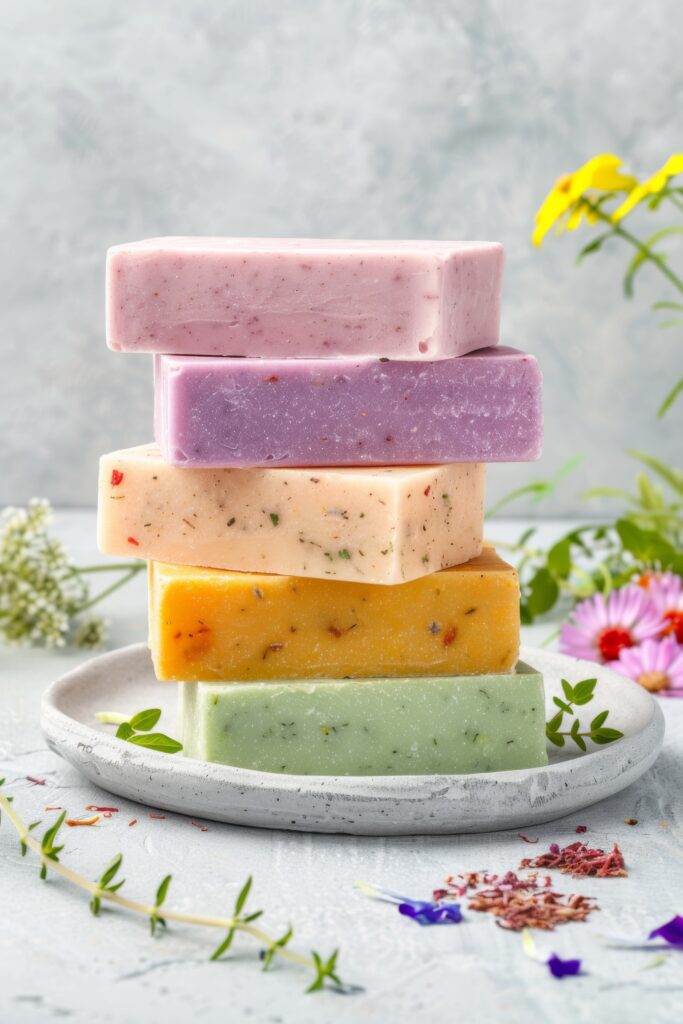
Using harsh or scented soaps on the tattoo
The choice of soap used during the aftercare process plays a significant role in how well a tattoo heals. Harsh soaps containing strong fragrances or chemicals can irritate sensitive skin and disrupt the healing process. These products may strip away natural oils and moisture from the skin, leading to dryness and potential complications such as cracking or fading of the ink.
It is crucial to opt for mild, fragrance-free soaps specifically designed for sensitive skin when cleaning a new tattoo. In addition to avoiding harsh soaps, it is also important to refrain from using exfoliating scrubs or products containing alcohol on a healing tattoo. These ingredients can further irritate the skin and hinder its ability to heal properly.
By choosing gentle cleansing products and following a careful aftercare routine, you can help ensure that your tattoo heals beautifully and remains vibrant for years to come.
Wearing tight or abrasive clothing over the tattoo
The type of clothing worn over a new tattoo can significantly impact its healing process. Tight or abrasive fabrics can cause friction against the sensitive skin, leading to irritation and discomfort. This friction may also disrupt the healing process by causing scabs to lift prematurely or by introducing bacteria into the area.
It is essential to wear loose-fitting clothing made from soft, breathable materials during the initial healing phase to minimize any potential damage. In addition to comfort, choosing appropriate clothing helps protect the tattoo from external elements such as dirt and bacteria that could lead to infection. Opting for natural fibers like cotton allows for better airflow and reduces moisture buildup around the tattooed area.
By being mindful of clothing choices during this critical period, you can promote optimal healing and preserve the quality of your new artwork.
Neglecting to protect the tattoo during physical activities
Engaging in physical activities without proper protection for a new tattoo can lead to various complications that may affect its appearance and healing process. Sweat and friction from exercise can irritate a fresh tattoo, potentially causing discomfort and hindering its ability to heal properly. Additionally, activities that involve contact with surfaces or equipment may expose the tattooed area to bacteria and dirt, increasing the risk of infection.
To safeguard your new ink during physical activities, it is advisable to cover the tattoo with breathable fabric or a bandage while exercising. This protective layer helps shield it from sweat and external contaminants while allowing for some airflow. Once you have completed your workout, be sure to clean and moisturize the area promptly to maintain its health and appearance.
By taking these precautions, you can enjoy an active lifestyle without compromising your new tattoo.
Using excessive amounts of lotion or ointment on the tattoo
While moisturizing is an essential part of tattoo aftercare, using excessive amounts of lotion or ointment can be counterproductive. Over-application can lead to clogged pores and may create an environment conducive to bacterial growth, which could result in infection or other complications. It is important to strike a balance when moisturizing; applying a thin layer of product is usually sufficient for keeping the skin hydrated without overwhelming it.
Additionally, using too much lotion can cause excess moisture on the surface of the skin, leading to issues such as peeling or flaking that may affect how well the ink settles into the skin. Following your artist’s aftercare instructions regarding product application will help ensure that you are using just enough moisture without overdoing it. By being mindful of how much lotion or ointment you apply, you can support your tattoo’s healing process while maintaining its vibrancy and clarity for years to come.

FAQs
What are some common tattoo aftercare mistakes that cause fading?
Some common tattoo aftercare mistakes that can cause fading include not keeping the tattoo clean and moisturized, exposing it to direct sunlight, picking at scabs, and using harsh cleaning products.
How does not keeping the tattoo clean and moisturized cause fading?
Not keeping the tattoo clean and moisturized can cause the skin to dry out, leading to scabbing and peeling. This can result in the ink being pulled out of the skin, causing the tattoo to fade.
Why is exposing the tattoo to direct sunlight a mistake?
Exposing a new tattoo to direct sunlight can cause the ink to fade and the skin to become damaged. UV rays can break down the ink particles, leading to a loss of vibrancy in the tattoo.
Why is picking at scabs a mistake in tattoo aftercare?
Picking at scabs can disrupt the healing process and cause the ink to be pulled out of the skin, leading to patchy and faded areas in the tattoo.
What are some gentle cleaning products that should be used for tattoo aftercare?
Gentle, fragrance-free soaps and moisturizers are recommended for tattoo aftercare. Harsh cleaning products can irritate the skin and cause the tattoo to fade.



